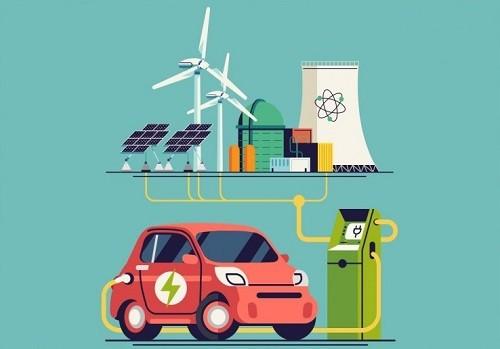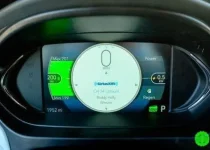How do electric vehicles help reduce greenhouse gas emissions?

Electric vehicles (EVs) help reduce greenhouse gas (GHG) emissions in several ways:
- Zero tailpipe emissions: Unlike conventional internal combustion engine (ICE) vehicles, which emit carbon dioxide (CO2), nitrogen oxides (NOx), and other harmful pollutants from their tailpipes, EVs produce no tailpipe emissions. This directly reduces local air pollution and GHG emissions.
- Higher energy efficiency: EVs convert a larger percentage of the electrical energy from the grid to power the wheels, making them more energy-efficient than ICE vehicles. This means that EVs require less energy to travel the same distance, leading to lower overall GHG emissions.
- Cleaner electricity production: As the share of renewable energy sources (such as solar, wind, and hydro) in the electricity grid continues to grow, the carbon intensity of electricity production decreases. This results in lower GHG emissions associated with EV charging, further reducing the overall emissions of electric vehicles.
- Regenerative braking: EVs use regenerative braking systems that capture some of the energy typically lost as heat during braking and feed it back into the battery. This improves overall energy efficiency and reduces the need for additional electricity generation, contributing to lower GHG emissions.
- Lower lifecycle emissions: Although the production of EV batteries can have higher emissions than the manufacturing of ICE vehicles, the lower operational emissions of EVs more than compensate for this difference over the vehicle’s lifetime. As battery production becomes cleaner and recycling technologies advance, the lifecycle emissions of EVs are expected to further decrease.
By reducing tailpipe emissions, improving energy efficiency, and relying on cleaner electricity production, electric vehicles play a significant role in mitigating climate change by reducing overall greenhouse gas emissions.


